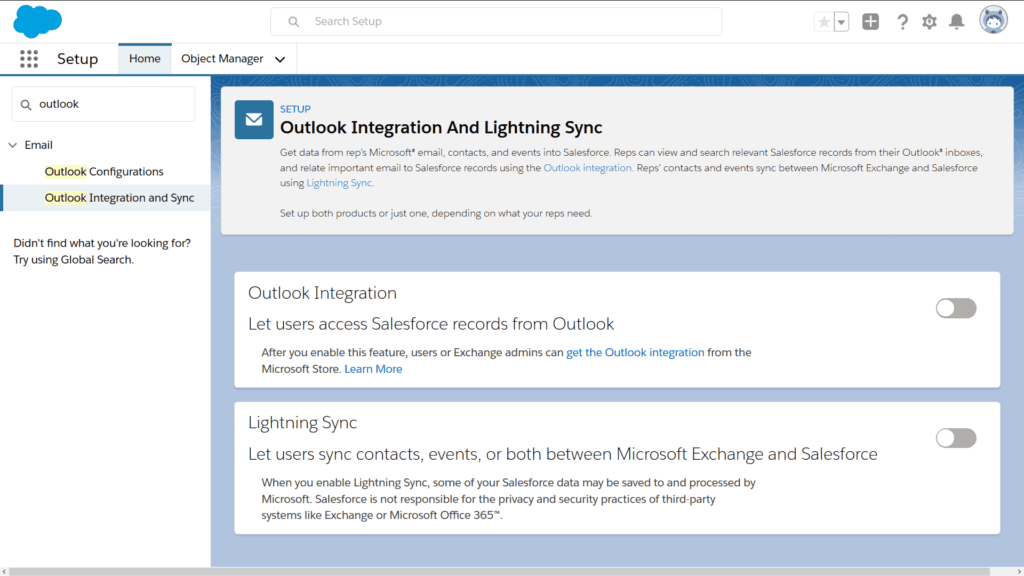Salesforce Email Integration Options
CRM integration with email systems such as Office 365, Exchange or Gmail is essential for keeping sales reps productive. It enables keeping track of email conversations on CRM contacts & accounts, allows quick email creation from templates, synchronizes calendars and more.
While email integration for Salesforce is not particularly difficult, the challenge usually lies in selecting the best option.
This post provides a summary of free and commercial alternatives along with their pros & cons.
| Important | Free Salesforce for Outlook has been retired by the end of 2020 (click here for more information). |
Outlook Integration and Lightning Sync
These are two separate products for Microsoft systems:
- Outlook Integration is an Outlook plug-in (connector) enabling manual creation of Salesforce records (Opportunities, Contacts, Events and Tasks) and logging of emails directly from the Outlook inbox.
- Lightning Sync is an Exchange server plugin (i.e., requires server-side installation) for continuous, background synchronization of contacts and events.
They work very well together, and are available for download from any Salesforce instance via Setup → Email → Outlook Integration & Sync:

Both products are free of charge and are relatively easy to install (see this post).
A quick overview of Outlook Integration is provided in the video below:
Gmail Integration
Integration for Gmail works the same as for Outlook and can be downloaded via Setup → Email → Gmail Integration & Sync.
Salesforce Inbox
Salesforce Inbox is a commercial ($25 per user/month as of Jun 2020) version of Outlook/Gmail Integration & Sync with additional features enabling:
- Composing emails from templates,
- Scheduling follow up emails to be sent at specific times,
- Tracking when emails are opened,
- Relating emails to both standard and custom objects,
- Automated meeting scheduling,
- Creating and editing Salesforce records from Outlook/Gmail,
- Managing Salesforce tasks / integration of tasks w. Outlook/Gmail.
A quick overview of Inbox is provided in the video below:
Inbox is used internally by Salesforce own sales reps.
Third Party Alternatives
In addition to Salesforce products, AppExchange contains a few hundred third party extensions for email integrations — click here for list.
These may be a good fit from the price point or specific features perspective.
Conclusions
Email/CRM integration is essential for sales rep efficiency and effective customer communication.
Multiple options are available on the market, and selection of the best solution may be difficult, especially if integration involves service management, customer support and processes beyond sales.
Nextian has extensive experience in Salesforce customization — including email integrations — helping our clients unlock the full potential of their Salesforce.
Contact us today to find out how we can help you!






